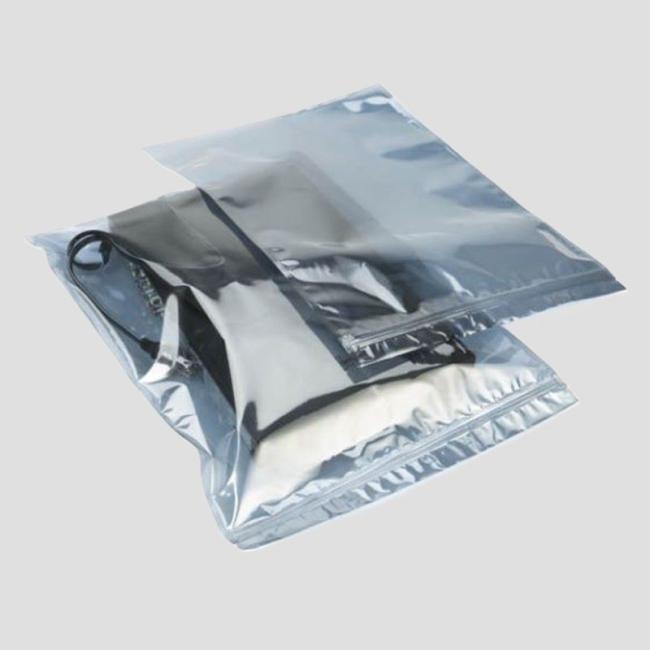
Are anti-static bags conductive?
Anti-static bag is a kind of bag specially used for packing electronic components or other items susceptible to static electricity. It can effectively prevent the static electricity in the external environment from being transferred to the products stored inside through the bag, thus avoiding damage to the products caused by static discharge.
The main types of anti-static bags
- Antistatic bags: the surface of such bags has been specially treated to give them a certain degree of antistatic capability, but it does not mean that they do not produce static electricity at all.
- Conductive bags (shielding bags): made of materials containing metal components (such as aluminum foil) or carbon fibers, not only to prevent the entry of external static electricity, but also to allow the internal generation of static electricity to be quickly released out.
- Dissipative anti-static bags: between the first two, both have a certain anti-static effect, but also to a certain extent to promote the slow release of static electricity.
Anti-static bags and conductivity of the relationship
As can be seen from the above introduction, not all anti-static bags have good electrical conductivity. Specifically:
- anti-static bags usually do not have significant conductive properties, they rely mainly on surface coatings to reduce the possibility of frictional charging.
- conductive bags, on the other hand, are designed to provide a good conductive path so that accumulated static electricity can be quickly transferred through the bag to the ground or other conductors.
- Dissipative anti-static bags also allow static electricity to flow out at a slower rate, but are less conductive than purely conductive materials.
